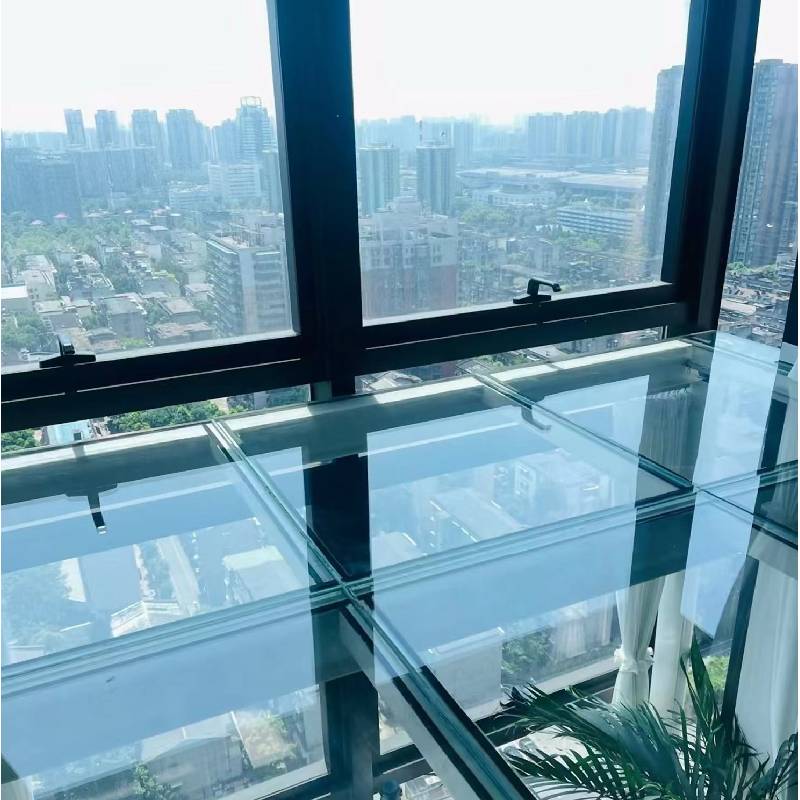

An Overview of 8mm Float Glass Prices Factors and Trends
Float glass, known for its clarity and high visual quality, is a widely used material in construction, automotive, and various design applications. With its smooth surface and excellent light transmittance, 8mm float glass has gained popularity among designers and builders. However, understanding the pricing dynamics of 8mm float glass is crucial for consumers, manufacturers, and investors alike. This article delves into the factors influencing the prices of 8mm float glass and explores current market trends.
The Basics of Float Glass
Float glass is produced through a process that involves floating molten glass on molten tin. This method results in a uniform thickness and a smooth surface. The thickness of the glass can vary, with 8mm (0.31 inches) being a common choice for many applications. It strikes a balance between durability and aesthetic appeal, making it a favored option for glazing in commercial and residential buildings.
Key Factors Influencing Prices
1. Raw Material Costs The production of float glass relies heavily on the prices of raw materials like silica sand, soda ash, and limestone. Fluctuations in these raw material costs can significantly impact the final price of float glass. For instance, a rise in the cost of silica due to supply chain disruptions or increased demand can lead to higher prices for 8mm float glass.
2. Energy Costs The float glass manufacturing process is energy-intensive, often requiring high-temperature furnaces to melt raw materials. Therefore, any variations in energy prices, especially natural gas and electricity, directly affect production costs. With the ongoing global energy market fluctuations, manufacturers may pass these costs onto consumers.
3. Supply and Demand Dynamics The balance of supply and demand in the glass industry plays a critical role in pricing. An increase in construction activity often leads to higher demand for float glass, which can drive prices up. Conversely, during economic downturns, demand may decrease as construction projects are postponed, leading to potential price declines.

4. Transportation Costs The logistics involved in transporting glass from manufacturing facilities to end-users can also influence its price. Rising fuel prices can increase transportation costs, which are usually incorporated into the final price of the product.
5. Technological Advancements Innovations in float glass production technology can impact costs. For example, advancements that increase efficiency or reduce energy consumption can lead to cost savings for manufacturers, which may be reflected in lower prices for consumers.
Market Trends
As of late 2023, the float glass market has shown some significant trends. There is a growing demand for energy-efficient and sustainable building materials, which has led to an increase in the production of low-emissivity (Low-E) glass. 8mm float glass, when treated with such coatings, can enhance energy efficiency, attracting builders aiming for sustainability certifications.
Furthermore, geopolitical factors and trade policies can also affect pricing. Tariffs or restrictions on imports/exports can lead to price volatility in different regions. The ongoing developments in international trade agreements may shape the availability and pricing of float glass in the market.
Conclusion
Understanding the pricing dynamics of 8mm float glass requires a multifaceted approach, considering raw materials, energy costs, supply and demand, transportation, and technological innovations. For consumers, industry professionals, and investors, being aware of these factors can aid in making informed decisions. As the market continues to evolve, staying updated on trends and price movements will be essential for those involved in the glass industry. Whether for construction or design, 8mm float glass remains a critical material, and its pricing will continue to reflect broader economic trends and developments.